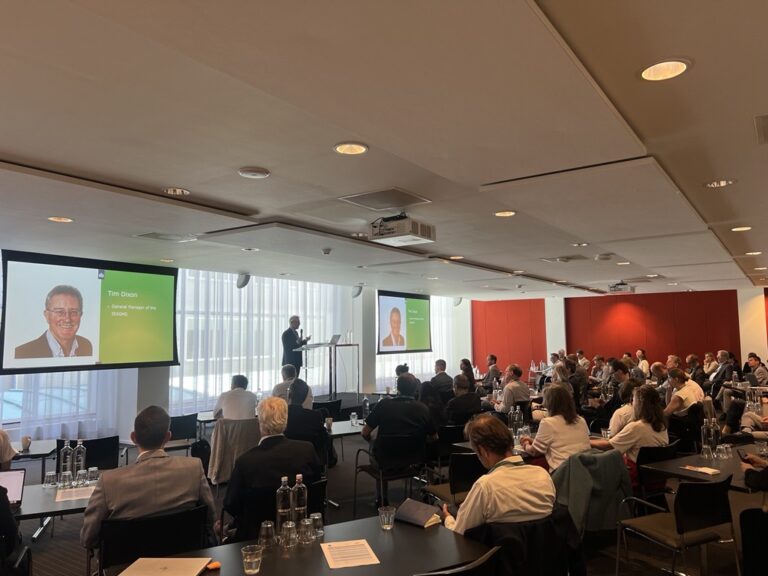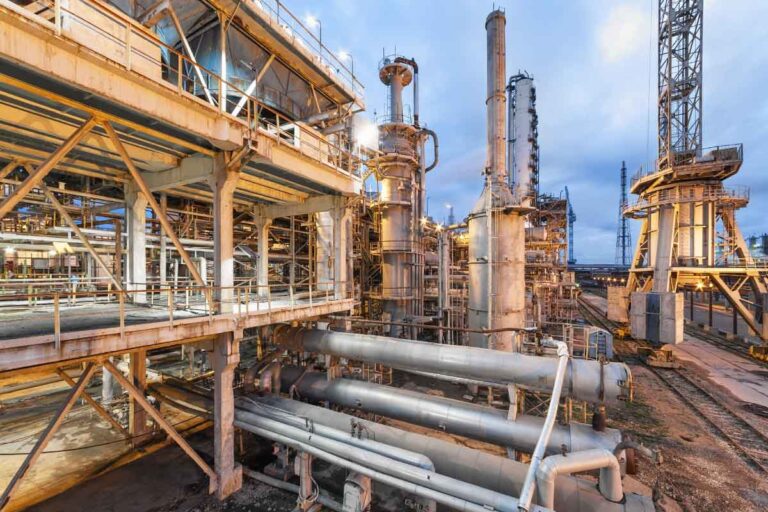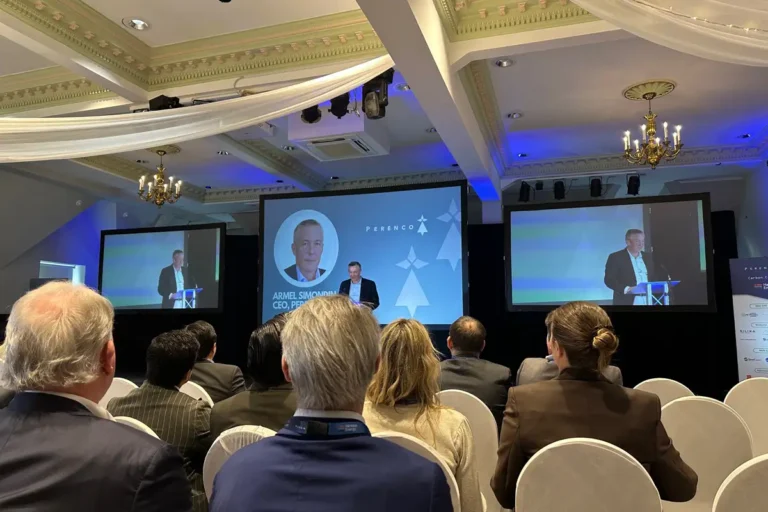
Occidental MRV presented at the 2016 CCUS Conference, USA
17 June 2016

This year this annual CCUS Conference moved from its recent past location in Pittsburgh to Tysons Corner, Virginia (near Washington DC). Over three days, some 200 attendees listened to 65 presentations given in four parallel streams.
There was great interest in the two presentations were made on the Occidental MRV plan which had been approved by EPA (see IEAGHG Information Paper 2016/IP16). Al Collins of Occidental presented in plenary on this. He complimented the EPA on the performance-based and non-prescriptive nature of the GHG reporting rule Subpart RR, which allows monitoring technology developments to be adopted. Whilst relying a lot on the existing operational monitoring systems for oil production, applying Subpart RR to their project means additional focus on use and management of such operational data. Occidental chose to apply this rule on their operation in order to lead by example, and it sets a precedent on the level of detail and requirements for reporting GHG emissions from storage via a Class II well (oil operations). Subpart RR is also a requirement for Class VI wells (CO2 storage) and the requirements may differ, as well as being site specific of course. For European readers, Class VI is analogous to the role of the EU CCS Directive and Subpart RR is roughly analogous to the ETS monitoring and reporting guidelines for CCS. Also of interest is that Occidental intend to continue the oil operations long after the Subpart RR reporting period.
Julio Friedman (having left DOE to return to LLNL) gave an informative keynote on the Paris Agreement and its future implications for global markets and the energy mix. He pointed out that whilst coal use is flattening out the use of natural gas is increasing, meaning that emissions continue to grow if CCUS is not used. He also drew attention to concerns of Mark Carney (Governor of the Bank of England) and other investors about the unburnable carbon issue, and the start of a growing realisation of the role of CCUS in being a solution.
Several technical presentations were given on the DOE-funded brine extraction pressure-management projects being developed, an area to follow with interest as these R&D projects become operational. Related to this, work on reservoir fluid assessment at the Rock Springs Uplift potential storage site in Wyoming showed for the very saline formation fluids the potential for using rare earth elements as tracers, and also the potential for economic recovery of elements of value from the brine.
The US DOE talked several times about the progress with their large-scale integrated projects: Kemper (operational Q3 2016); Port Arthur (operational); Petra Nova (operational from Q1 2017); and ADM (operational Q1 2017). John Litynski of DOE also talked of their capture R,D&D priorities being larger-scale demonstration of 2nd generation technologies by 2020, ‘transformational’ technology developments, BECCS, and capture from industrial sources such as cement, refineries and ethanol and natural gas processing.
IEAGHG gave a talk in the final plenary session on the Paris Agreement and CCUS, reinforcing some of Julio’s key points and highlighting where the IEAGHG technical programme is addressing specific topics which are becoming of greater interest because of the Paris Agreement, such as storage assessments and storage efficiency. In the margins there was healthy interest in how GHGT-13 in Lausanne was shaping up (very well thank you) now that authors had been informed of their abstract status. Compliments to the new team at Exchange Monitor on maintaining an interesting conference at a new location.
Other articles you might be interested in
Get the latest CCS news and insights
Get essential news and updates from the CCS sector and the IEAGHG by email.
Can’t find what you are looking for?
Whatever you would like to know, our dedicated team of experts is here to help you. Just drop us an email and we will get back to you as soon as we can.
Contact Us NowOther articles you might be interested in
Get the latest CCS news and insights
Get essential news and updates from the CCS sector and the IEAGHG by email.
Can't find what you are looking for?
Whatever you would like to know, our dedicated team of experts is here to help you. Just drop us an email and we will get back to you as soon as we can.
Contact Us Now









